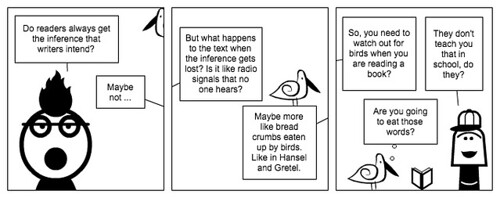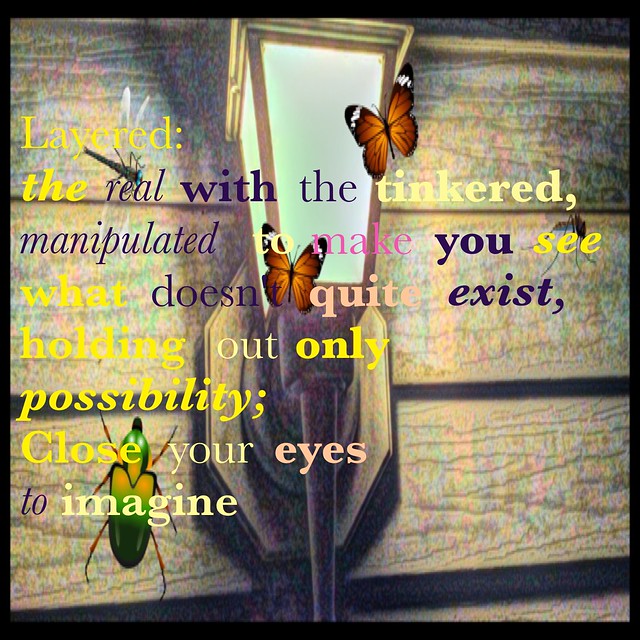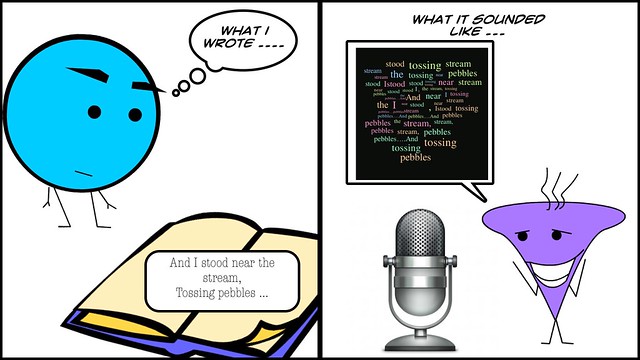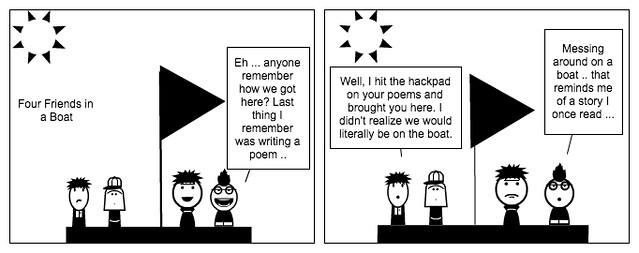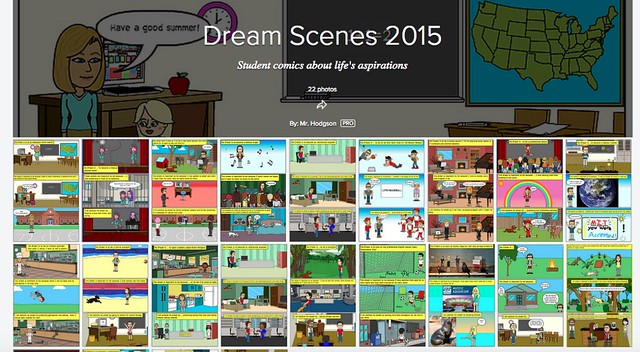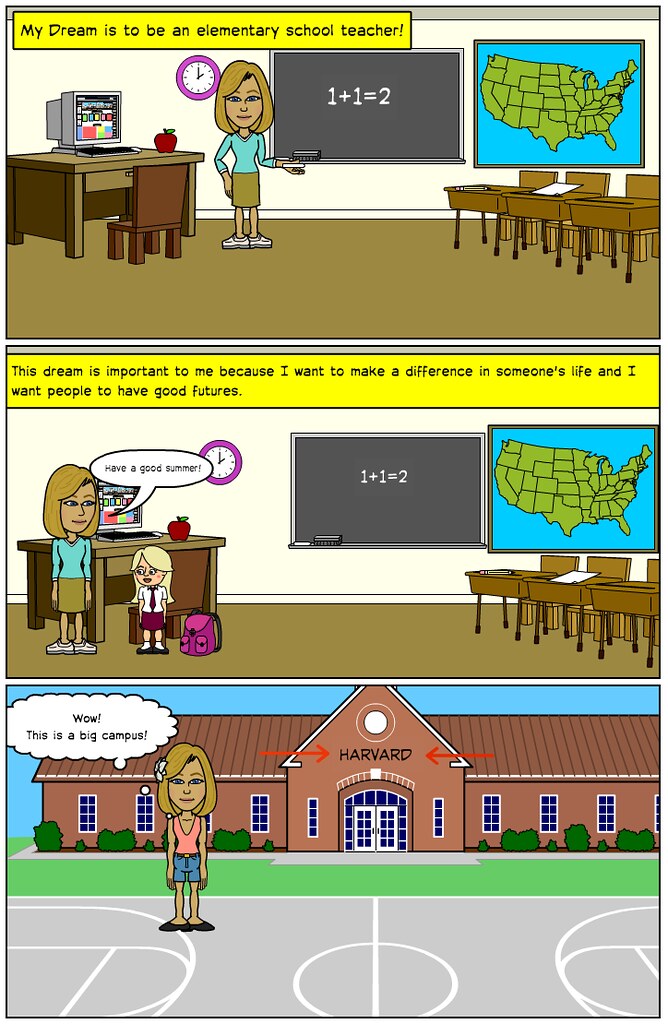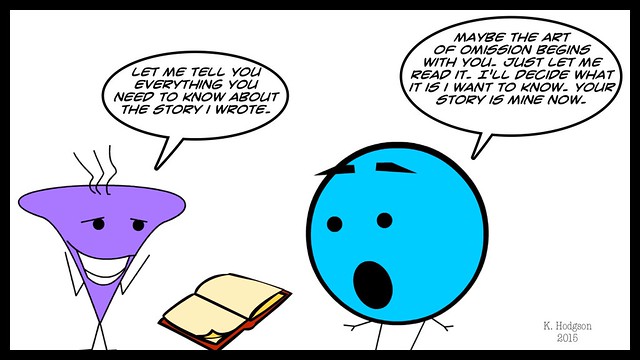
Nothing brings “context” more into focus than sitting down and reading (or maybe standing up and reading .. that works, too … don’t drive and read, though .. that’s just dangerous) a set of cartoons from the 1920s. While some of the cartoons might have resonance over time, finding that universal funny bone gag that stands above the time in which it is written, most will have you scratching your head, wondering about what was going on in the world that made this particular sketch and caption funny.
Or am I putting my confusion on you?
That was what came to my mind, anyway, as I was reading The New Yorker’s 90th Anniversary Book of Cartoons last night (with some funny subtitles, such as “Sequentially Paginated for Easy Access” and “A Special Section of Radio-Friendly Cartoons” as the editors play up and make fun of the book format in a digital age). I was on a bench, at a sports field, as my son played ball, laughing and giggling, with some adults nearby, glancing over at me. A few kids wandered by, curious.
I kept giggling.
The book is really a magazine and not a book, anyway, and it covers a lot of ground — moving through each decade of cartooning from the 1920s to the present in the esteemed magazine, with a funny introduction by New Yorker Cartoon Editor Robert Mankoff.
Mankoff writes, of the collection, that it “nicely represents the evolving comic imagination of our cartoonists during those decades, as it reflected and refracted the desires, conventions, and modes of thought of the times.” (Mankoff, page 3)
I like that phrase of “reflected and refracted” as a reason why cartoons work as commentary, and also, his phrasing explains why some cartoons don’t necessarily resonate outside of their times. Sometimes, it takes a collection like this to remind us of how things have changed, even if it often feels as if the world remains static. Of course, there are always those cartoons, too, that just don’t work for a certain reader, no matter what. I blame the cartoonist.
🙂
Even so, I enjoyed the art and the writing, and the wit of play, in this New Yorker collection of cartoons, and decided (as a research reader of one) that Charles Adams’ cartoons hold up the best over time, hands down.
Maybe that’s just me.

Peace (in the ‘toon),
Kevin

